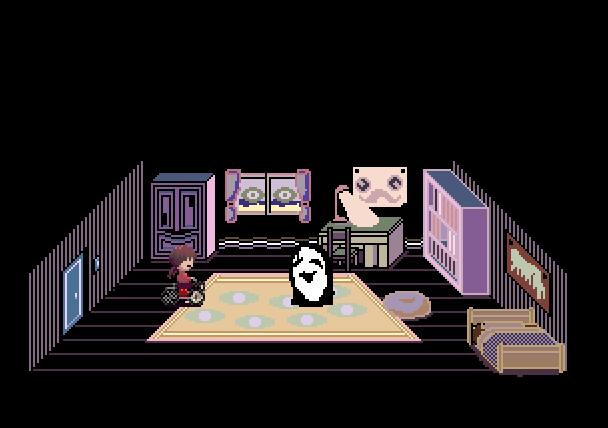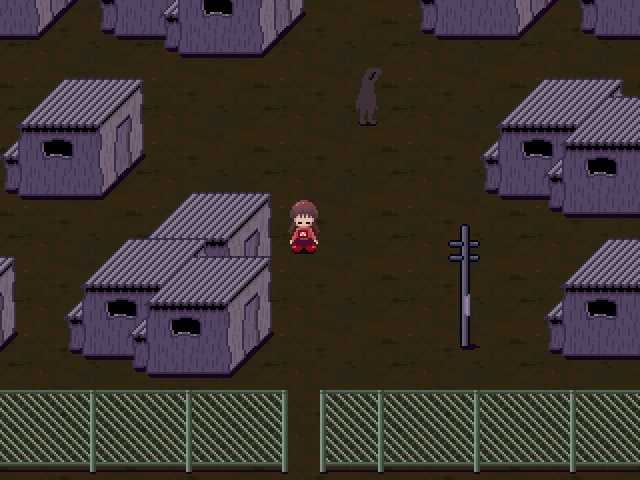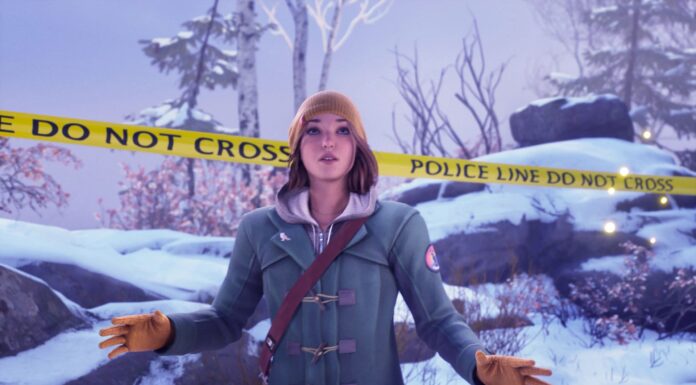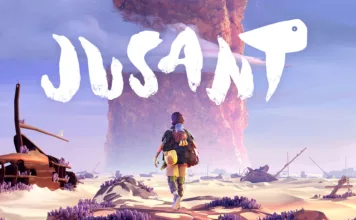Yume Nikki is a 2D, top-down game from 2004 created by a single Japanese developer known as Kikiyama. With a devoted cult-following, Yume Nikki is a window into a recluse girl’s mind were players are invited to explore her dreams with little objective beyond finding 24 collectable “Effects”; items that change the main character, Madotsuki’s appearance and sometimes give her new abilities.
The lack of a fail-state and the obtuse nature of the game places it somewhere between “arthouse” and “psychological horror”. There is no direct narrative and the dreams follow a fittingly surreal, unpredictable logic. The art style is simplistic and cutesy, there’s no real challenge, and even though there’s an ending, it doesn’t explain away anything you may have seen in the hours you spent wandering around sometimes zany, sometimes disturbing environments.
Rather than being a horror about psychology or the mind, Yume Nikki is a true psychological horror. It managed to capture the attention and resonate with the subconscious of most who played it, producing biblical amounts of amazing fan art, theories and spin-off games or spiritual successors. When I played for the first time, I didn’t have the same experience. The simplistic graphics and gameplay combined with the lack of direction of the objective caused me to put it down after a few days, only collecting a handful of Effects.
The second playthrough was not the same.
Giving it another chance, I allowed myself to cheat and use a guide if I got lost or frustrated. I found about half of the Effects before the game really got under my skin. Revisiting some areas, trying to get deeper under the layers of the main character’s dreams led me to wander Madotsuki’s dreams, pondering on what it all meant. I started to ask myself questions like “why are the NPCs designed that way? Why is the music all distorted and foreboding? What’s the significance of this strange, alien-type creature? Why won’t Madotsuki leave her room?”
Is this game more autobiographical than it appears?
Like many others, the phallic design of the some of the scarier NPCs, Madotsuki’s apparent agoraphobia, and the warped vision of dark, secluded corners of urban life (service ducts, alleyways, sewers, backroads outside the city), and the bullying bird-like enemies who will chase you through certain maps led me to conclude that she was the victim of some sort of sexual assault. However, I and anybody who isn’t the sole developer of this game has any authority to lay down canon and Kikiyama is awfully silent about the whole thing.
Frankly, what is and isn’t “canon” with Yume Nikki doesn’t matter and, if anything, it’s better for it. Unlike the original Silent Hill series (1 to 4: The Room) were there most definitely is a solid backstory obscured by the nightmarish events of each game, Yume Nikki is completely left to interpretation. The majority of the experience, ironically, happens in your own head and not in Madotsuki’s. The fact that this game prompts you to ask questions, come up with theories and interpret vaguely disturbing imagery is what makes it a psychological horror.
Likewise, the imagery may not be autobiographical at all, and there may not even be any intended story connecting each set of images. In the Making Of Silent Hill 2, director Takayoshi Sato lays out why his game and all good psychological horrors are so unsettling; they invoke the two very primal human preoccupations of sex and death. Eros and thanatos.
They give you images suggestive of, but not explicitly showcasing, both. You may see a phallic looking object, but you don’t see someone having sex. You may see what looks like a dead body, but not an actual murder. Because it makes you think about sex and death, the implied horror worms deeper into your mind if you let it. It creates a deep, heavy sense of dread, fuelled by your own imagination, often without you consciously realising.
Similarly, obscuring the story leads to inquisitive, creative fans meeting up and discussing just what the hell the game was about. It’s something that could only really exist in the days of the internet were fan theories and content can be shared globally. Hence why Dark Souls, despite being renowned for difficulty in an increasingly casualised market, actually managed to build itself a large fanbase, much of whom were dying to share their theories on the world behind the game. Yume Nikki was even more obscure though, and therefore more inspiring and cultish.
The “characters” of Yume Nikki, almost all of which were dubbed their names by the fans, all live in the collective conscious like non-local folk creatures. They inhabit the same place as Slenderman and Pepe/SadFrog or any of your favourite internet memes, but for fewer, much more artistically-inclined people. While for me the game baited my interest and immersion in the darker aspects the same way a good psyche-horror does, for many others it’s a more serene source of inspiration.
That contrast of zany, goofy daydreams and disturbing, Freudian nightmares under one surreal roof gives it a natural sense of pace and relief; something most horror games don’t get.
Let’s compare Yume Nikki to a game like Dead Space.
An unrelenting assault on the senses, were every room is dark and drab, every sound is harsh and grating, and absolutely nowhere is safe, there is no break from Dead Space’s style of horror. Thus you eventually harden to it. The only mindset to have to get through Dead Space is to be on alert at all times. After the first few instances were a genuinely horrifying monster gets the drop on you, you’ll constantly have your finger on the trigger.
It can be stressful, but it stops being scary long before it’s over if you weather through it. Likewise, overexposure to the monsters coming after you, and the explicit explanation of what it all means/were all these monsters came from means there’s not really much left to ponder on once you put the controller down. Games like this run on pure shock, but without a fitting break from the shock or anything but shock for the game to base itself around, it can’t have a long-lasting sense of dread. Contrast that type of horror against Yume Nikki’s horror and you can see what I’m on about.
Yume Nikki is a pure psychological horror; a game that invites you to put your own mind and interpretation into it’s world, giving you the time and “safety” to do so. There is no fail state and there’s nothing at risk, so you can spend as much time as you need soaking in the atmosphere.
Dead Space is a pure survival horror; death is around every corner, resources are limited and you’re tasked with becoming a hardened, hair-trigger survivalist who can ration ammo and health. There is a fail state and resources at risk, so you don’t have time to think too deeply on what it all means.
I think these aspects of horror can be at odds with each other from time to time.
Thinking back to Silent Hill, and actually replaying it years later, it’s not all that hard to “survive” it. I replayed 2 on Hard mode recently and, as long as I was somewhat tactical, I never came close to dying (bar against Pyramid Head, who was a hax one-hit-kill bullshit machine) and I always had enough resources to take on everything I crossed paths with. The only reason I didn’t wasn’t to save ammo, it was because the combat was awful and barely functional (something I maintain wasn’t a creative choice).
Honestly, the “survival” bit of the horror in Silent Hill came from chunky, unresponsive controls not doing what you wanted them to. The meaty, “psychological” bit of the horror came from looking at the scenery, piecing together the story, thinking about the connotations of the designs and letting your mind wonder into the fog and darkness. It’s what most people remember and recommend the originals for.
It’s for this reason that Silent Hill was never really good outside the hands of the original team; they placed the “survival” aspect above the “psychological” aspect, but the “survival” aspect was never good and never the original game’s strength. But I digress.
Yume Nikki has no “survival” side to it. The gameplay is incredibly simple and there’s no real skill involved beyond having the patience or the wanderlust to see it to the end. You walk around, teleporting from dream to dream, interacting with the scenery and NPCs, and that’s it on a surface level. While this makes it something many people wouldn’t even consider a “game”, and I don’t blame them, it leaves lots of space for your imagination to run wild. It’s full of style and charm and the atmosphere will hit you immediately even without visceral, kinetic gameplay to keep you entertained.
It’s not for everyone, but I recommend at least giving it a chance. Preferably when you can’t sleep at night and you’ve been trying to scare yourself all night. Just remember, the real monster is the one in your head. Just don’t think about it too much…
You can download Yumi Nikki here



















